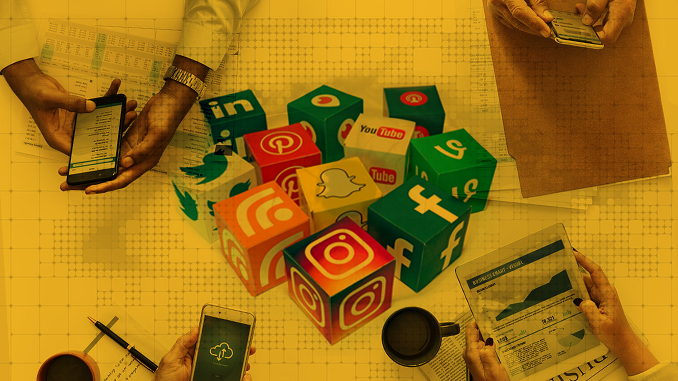Are you in business, or do you work for one? Are you a politician, or do you work for one? Well, this one is for you.
This is about the internet, social media, and how to make both work for you, especially with the Philippines collecting various titles in these fields.
Aside from being the ‘text capital of the world’, the Philippines is also the “social media capital of the world.” If not for a measly difference of 9 minutes from the topnotcher, the Philippines would have also been the “internet capital of the world.”
Internet in the World
The new 2018 Global Digital suite of reports from We Are Social and Hootsuite reveals that there are now more than 4 billion people around the world using the internet, up 7% from January 2017. Well over half of the world’s population of almost 8 billion is now online, with the latest data showing that nearly a quarter of a billion new users came online for the first time in 2017.
The reason for the upward spiral in internet users is the availability, affordability and accessibility of smartphones and mobile data plans. More than 200 million people got their first mobile device last year, and two-thirds of the world’s inhabitants or more than 5 billion, up 4% from January 2017, now have a mobile phone.
Social media use continues to grow exponentially, and the number of people using the top platform in each country has increased by almost 1 million new users every day during the past 12 months. More than 3 billion people around the world now use social media each month, up 13% from January 2017, with 9 in 10 of those users accessing their chosen platforms via mobile devices.
We Are Social
We Are Social is a global conversation agency that provides social media marketing and communications services to organizations in the United Kingdom and internationally. The company helps clients to listen, understand, and engage in conversations in social media relevant to their brand, products, services, competitors, and sector. It provides consultancy services, including social media strategies development, training provision, helping to specify and recruit for social media roles, designing and implementing listening and responding programs, advising on crisis planning, and providing ad-hoc social media consultancy and advice; research and insight services, which include conversation audits, influencer research, and social media monitoring; and engagement through influencer campaigns, conversation platforms, advocacy programs, community building and management, social applications, conversation response, and reputation management. The company was founded in 2008 and is based in London, United Kingdom, with additional offices in China, France, Australia, Singapore, Italy, Germany, and Shanghai. As of March 31, 2014, We Are Social Ltd. operates as a subsidiary of BlueFocus International Limited.
Hootsuite
HootSuite is a social media management tool that allows users to schedule and post updates to any page or profile for Facebook, Twitter, LinkedIn, Google+, Instagram, WordPress, and other platforms from one place—the HootSuite dashboard.
Other Partners
We Are Social and HootSuite also teamed up with these firms to come up with the 2018 Global Digital suite of reports: GlobalWebIndex, GSMA Intelligence, Statista, Locowise, and SimilarWeb.
Internet in the Philippines
Based on this 2018 Global Digital suite of reports, the Philippines has 67 million internet users or 63% of the total population of almost 106 million people. There was a growth in the number of users by 7 million or 12% since January 2017. The numbers are the same for active social media users, indicating that all internet users are active social media users as well.
The average daily time spent by a user on the internet is 9 hours and 29 minutes and the average daily time spent by a user on social media is 3 hours and 57 minutes.
The frequency of internet use is 58% every day, 28% at least once a week, 8% at least once a month, and 6% less than once a month.
74% of the people believe that new technologies offer more opportunities than risks, and 76% believe that data privacy and protection are very important. In fact, 50% delete cookies from the internet browser to protect privacy.
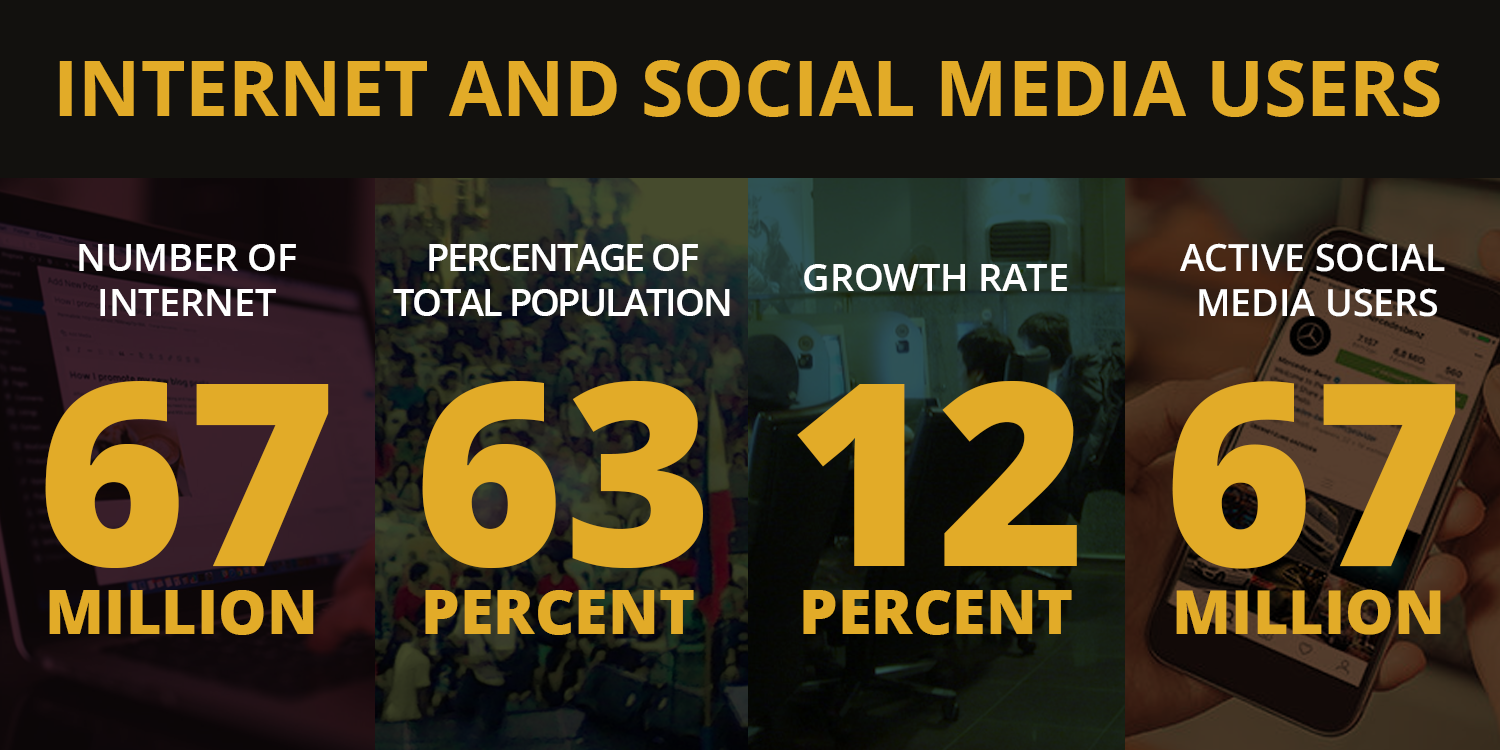
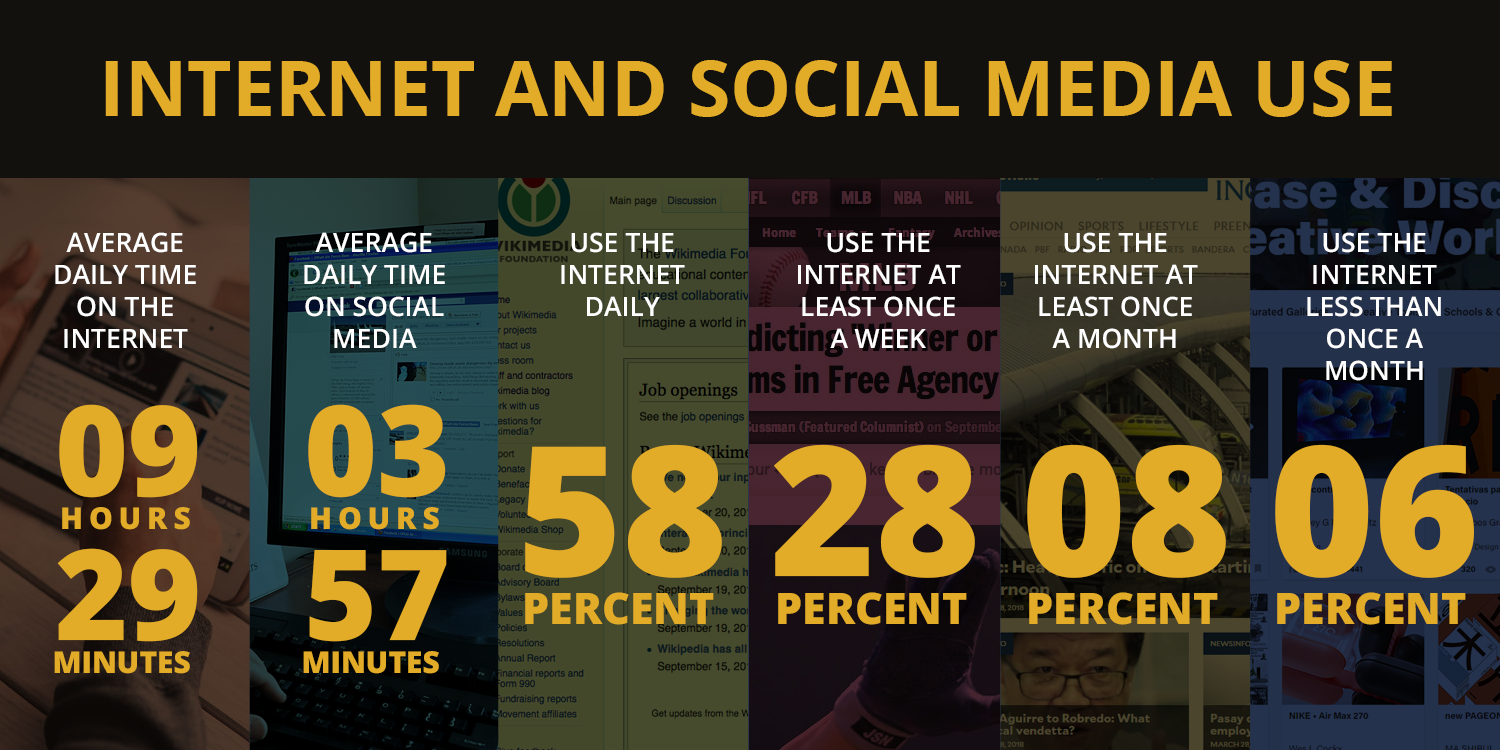
The Takeover of Mobile Phones
There are more mobile connections in the Philippines than people. From the data in the suite of reports, there are more than 121 million mobile connections in the country or 115% of the total population. The average number of connections per unique mobile user is 1.99, 95% of which are prepaid, 5% of which are post-paid, and 56% of which has a broadband connection.
Out of the total mobile connections, there are 61 million unique mobile users or 58% of the total population using the internet. There was a growth in the number of users by 2 million or 4% since January 2017. The active mobile social media users are a little bit higher at 62 million or 59% of the populace. There was a growth in the number of users by 8 million or 15% for the same period.
The device most people often use to access the internet is a smartphone at 52%, either smartphone and computer or tablet at 19%, and computer or tablet only at 12%.
This is the distribution of the devices currently used by the populace: mobile phone at 89%, smartphone at 65%, laptop or desktop computer at 38%, tablet at 29%, wearable tech device at 5%, and e-reader device at 4%.
At this point, it is interesting to note that 93% of Facebook users in the Philippines access this top social media platform in the country via mobile.
Additional data in the reports showed that 41% use a smartphone to visit a social network while 19% use a computer, 29% use a smartphone to watch videos while 15% use a computer, and 22% use a smartphone to use a search engine while 13% use a computer.
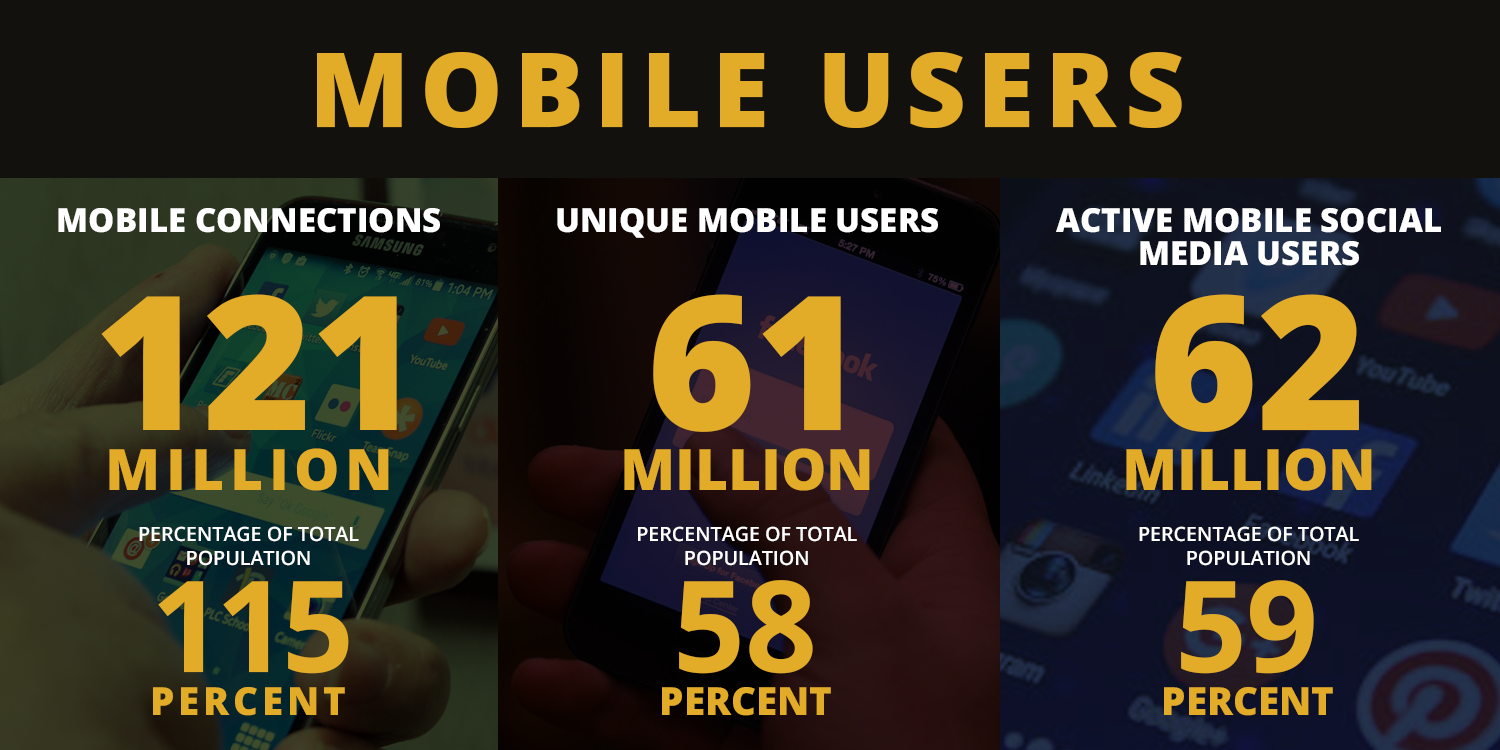
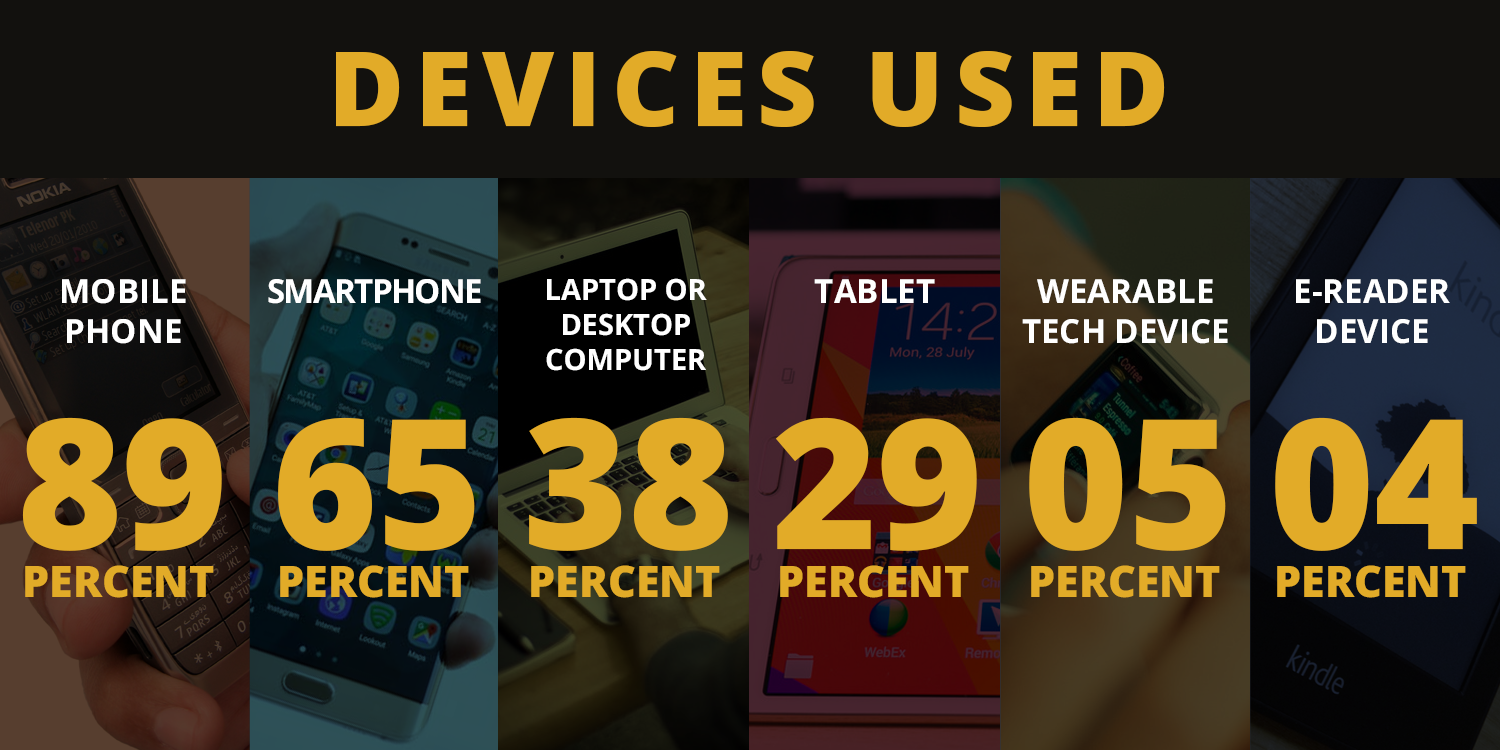
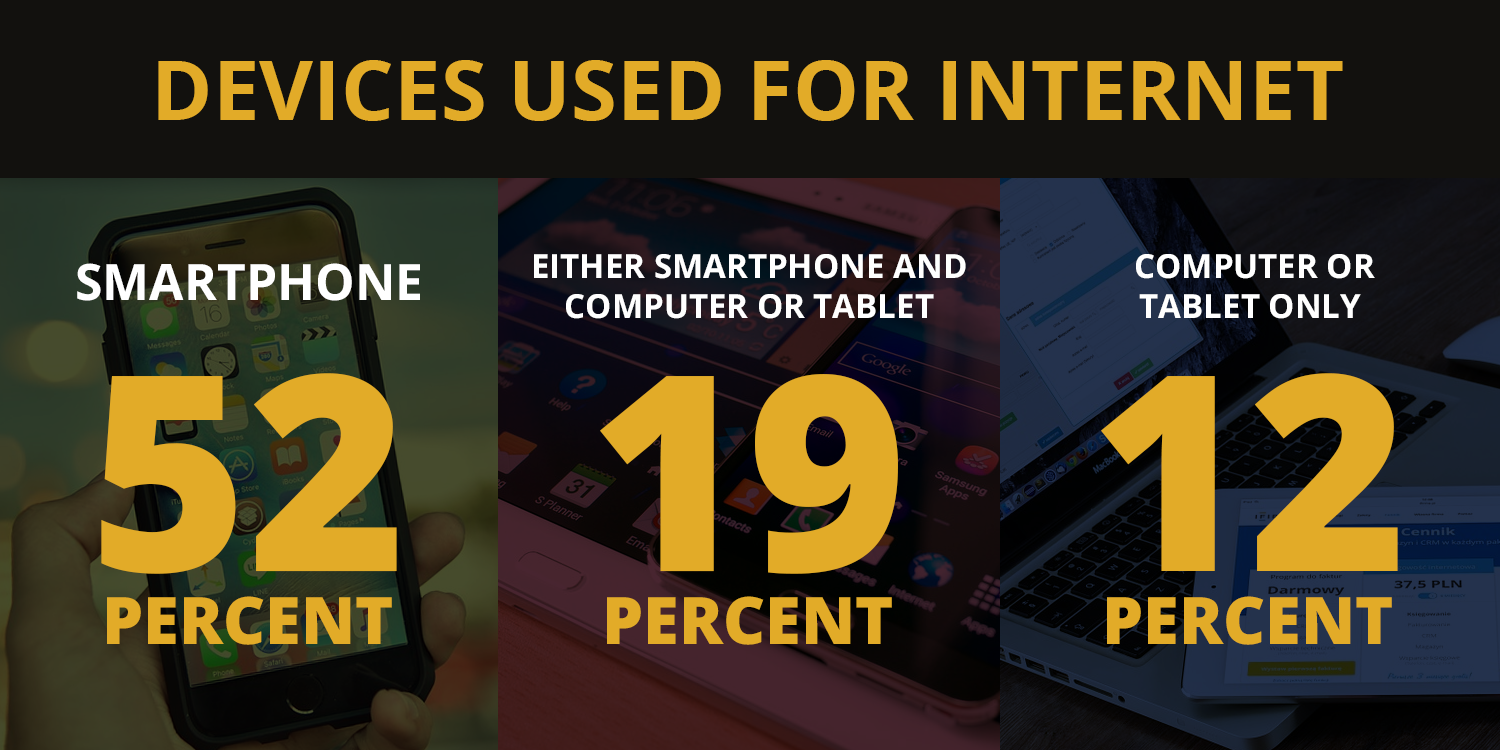
The Dominance of Facebook
Based on data as claimed or as reported by users (survey-based data), these are the most active social media platforms in the Philippines, for both social network and messenger/chat app/VOIP: Facebook at 57%, YouTube at 56%. Facebook Messenger at 49%, Instagram at 36%, Google+ at 31%, Twitter at 30%, Skype at 28%, Viber at 21%, LinkedIn and Pinterest at a tie of 19%, Snapchat at 17%, and WhatsApp at 15%.
But, according to the 2018 Global Digital suite of reports as well as other sources, these are the numbers for the top social networks: there are 67 million Facebook users or 63.4%; there are 33.4 million YouTube users or 31.6%; there are 10 million Instagram users or 9.5%; and there are 8.4 million Twitter users or 8.9%.
In any case, whatever the source or sources, it still appears that Facebook is indeed the most widely used social network platform in the Philippines. To provide a snapshot of the monthly traffic of Facebook in the country, the figure is at a whopping 1 billion. The average time spent by a user per visit is 17 minutes and 21 seconds. The average number of Pages visited by a user per visit is 26.2 pages.
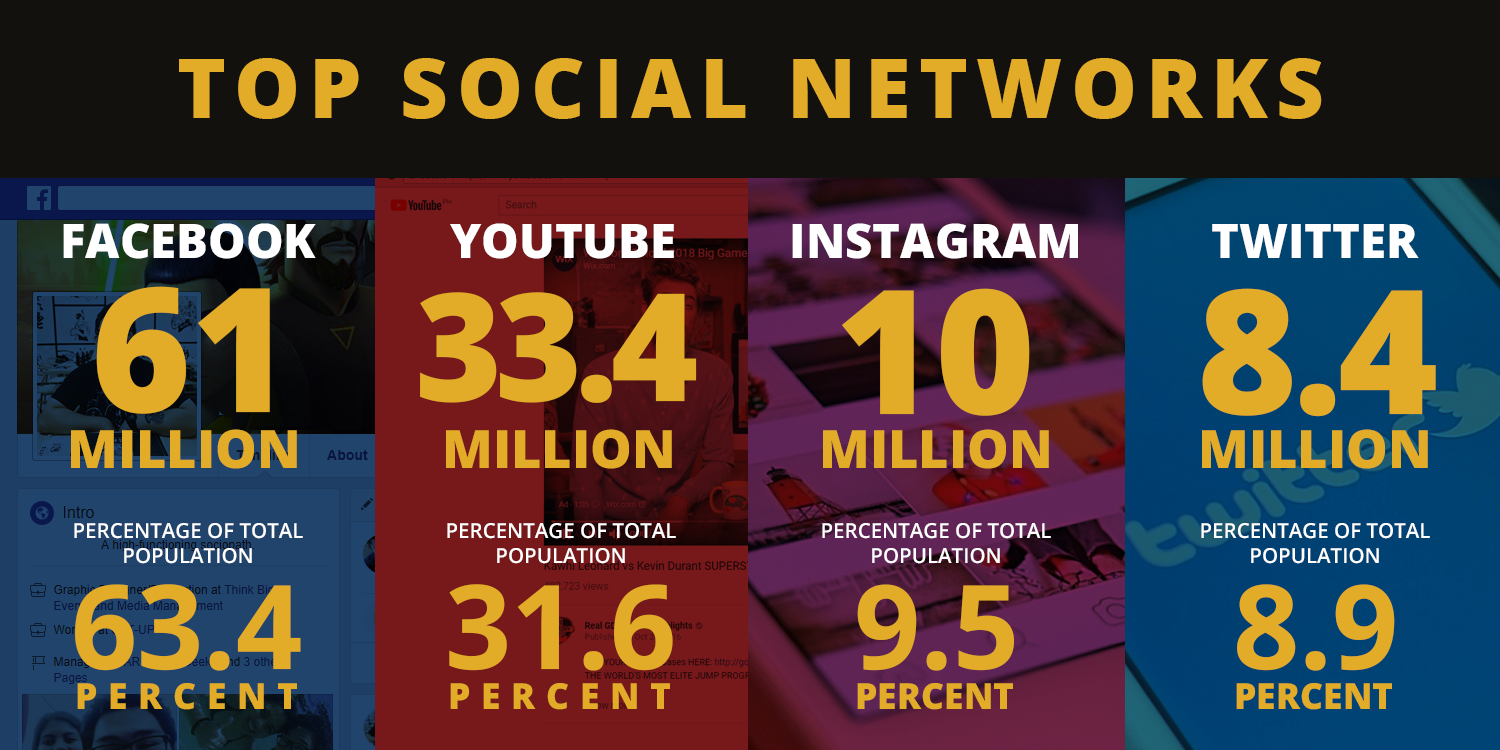
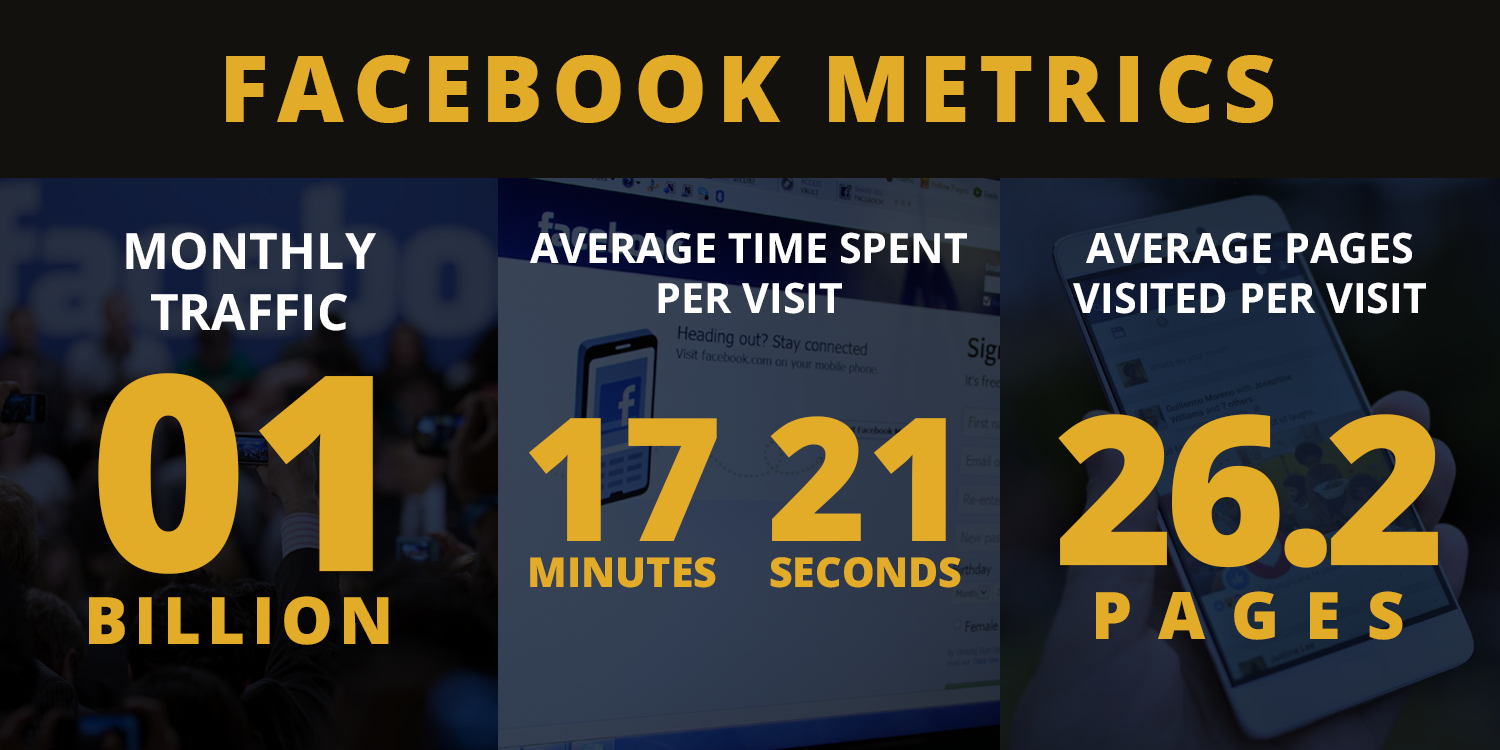
The Challenges of Pages
Facebook Pages are created not only by institutions, organizations, and informal groups but most especially by companies for their products or services as well as by public figures as an information, education and communication portal.
Based on the suite of reports, the average Facebook engagement rates (the number of people who engage with a Facebook post versus the number of people that those posts reach) are the following: link or article posts at 35.70%; video posts at 9.06%; all other types of posts at 5.90%; status posts at 4.92%; and photo posts at 4.39%.
As for the average Facebook Page post reach, the average monthly growth in Page Likes is 0.23%; the average post reach to Page Likes ratio is 8.3%; the average organic page reach to Page Likes ratio is 2.9%; and the average paid reach to total reach ratio is 35.7%. Maybe due to the very low ratio of organic engagement, this is perhaps the reason for the high percentage of Pages availing of Page Promotion and Post Boosting at 43%.
The figures above on Page reach may even go lower, as Facebook itself has imposed a new update on what appears on a News Feed. Because space in News Feed is limited, Facebook will show less public content.
Facebook is now using signals like how many people react to, comment on, or share posts, to determine how high they appear in News Feed. Furthermore, it will also prioritize posts that spark conversations and meaningful interactions between people. Moreover, it will prioritize posts from friends and family. Therefore, Page posts that generate conversation between people will show higher in News Feed.
However, if people want to see posts from the Pages they follow at the top of their News Feed, they can choose See First in News Feed Preferences to make sure they always see posts from their favorite Pages. A solution for publishers or businesses to connect with their communities is to post relevant updates and creating events. News, likewise, can help start conversations on important issues, thus increasing the chances of landing at a News Feed.
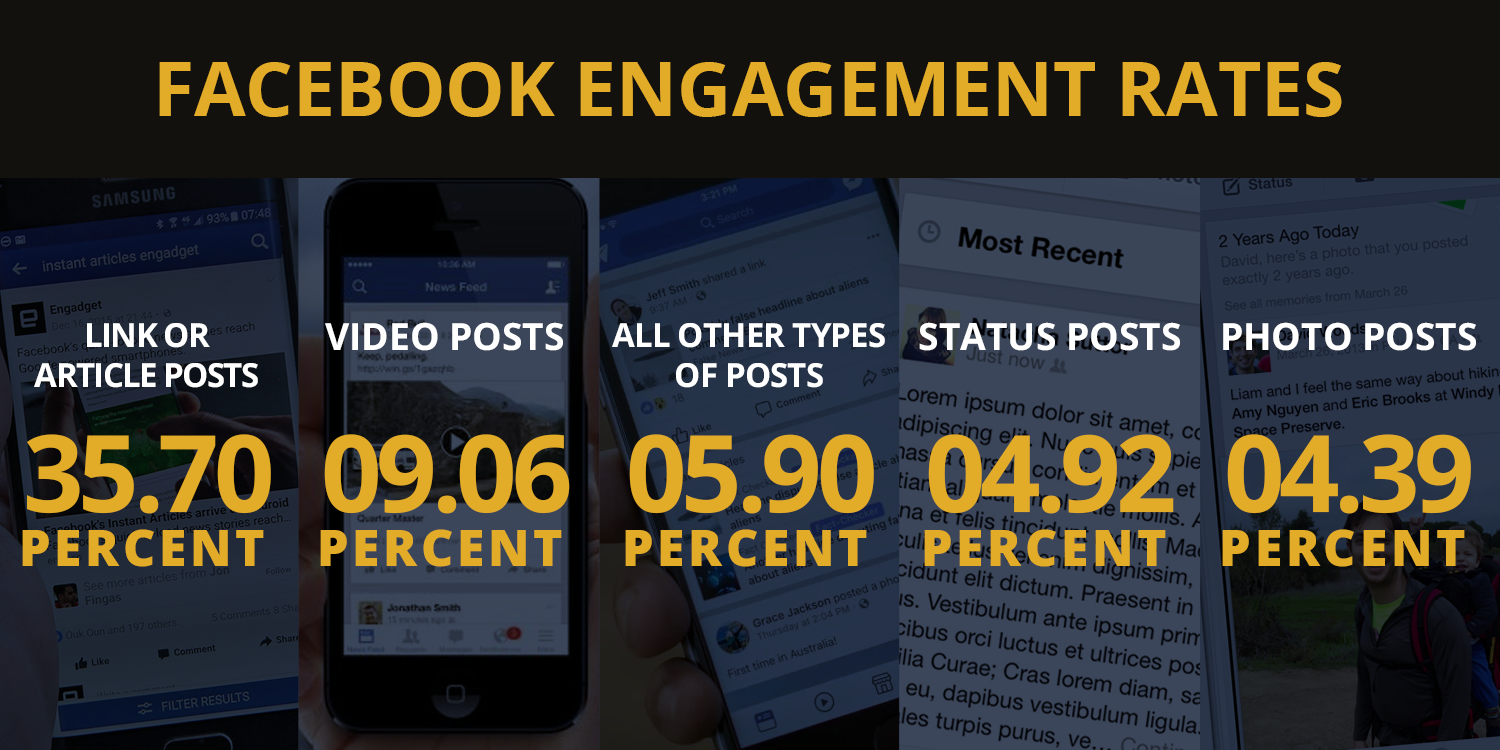
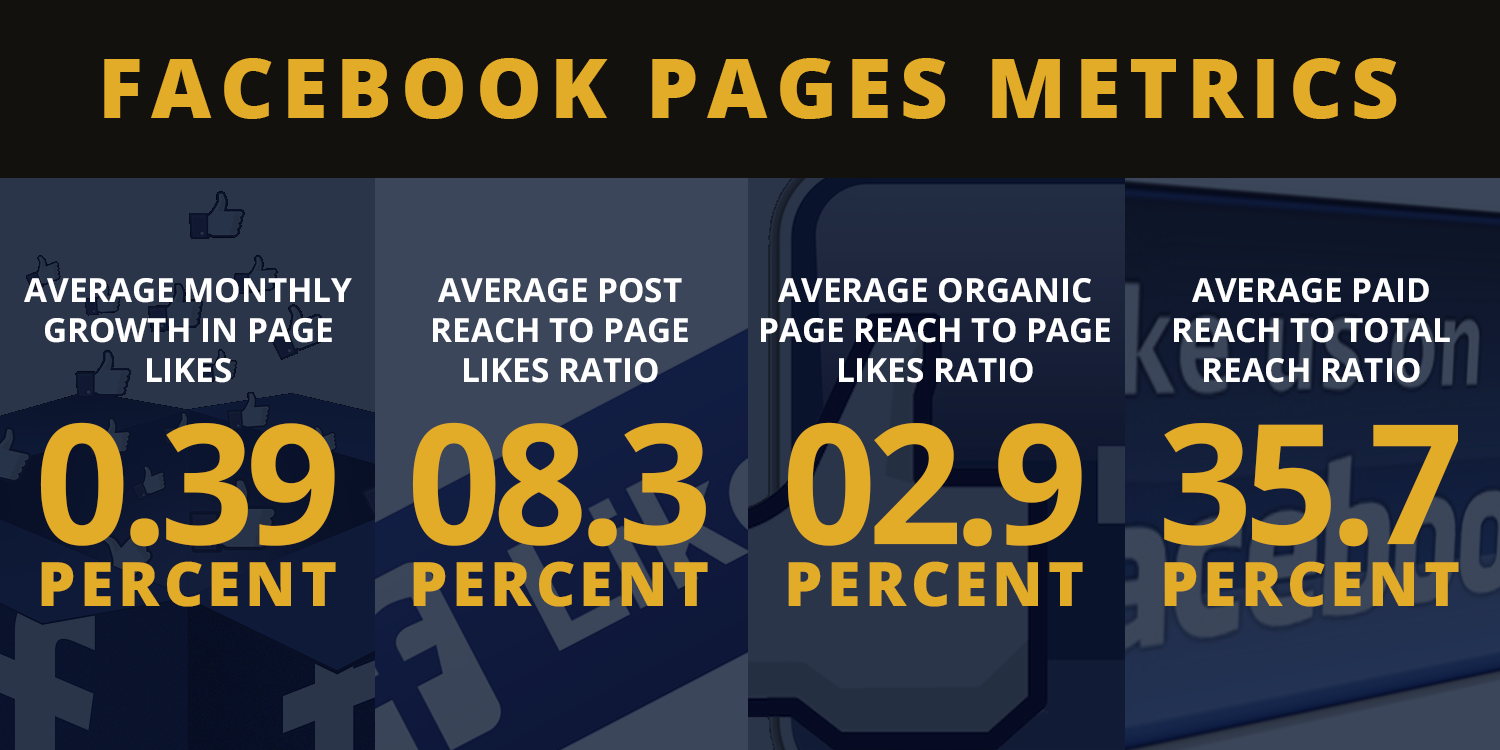
E-Commerce
Based on survey-based data (as claimed or as reported by users), 56% visited an online retail store; 54% searched online for a product or service to buy; 39% purchased a product or service online; and 25% made an online purchase both via a mobile device and via a laptop or desktop computer.
To put more meaning into the figures above, the total number of people who purchased consumer goods vie e-commerce in 2017 is almost 34 million, an increase of 12% since January 2016. This means a penetration rate of 32%.
To throw in the “wow” factor into the conversation, the total annual sales revenue of consumer goods sold via e-commerce is more than PhP 64 billion, an increase of 23% from the previous year. But this gargantuan figure only represents sales of physical goods via digital channels on any device to private end users. It still does not include digital media, digital services such as travel or software, B2B products and services, resale of used goods, or sales between private persons (P2P commerce).
Here goes a breakdown for more “wow”: more than PhP 33 billion was spent for travel (including accommodation), up by 30% from the previous year; more than PhP 28 billion was spent for electronics and physical media, up by 15% from the previous year; more than PhP 14 billion was spent for toys, DIY and hobbies, up by 27% from the previous year; more than PhP 14 billion was spent for video games, up by 12% from the previous year; almost PhP 11 billion was spent for fashion and beauty, up by 32% from the previous year; more than PhP 6 billion was spent for furniture and appliances, up by 22% from the previous year; almost PhP 5 billion was spent for food and personal care, up by 38% from the previous year; and almost PhP 671 million was spent for digital music, up by 17% from the previous year. This is a mind-boggling total of more than PhP 112 billion in annual sales revenue of consumer goods sold via e-commerce in the Philippines, and this does not yet even include B2B spend.
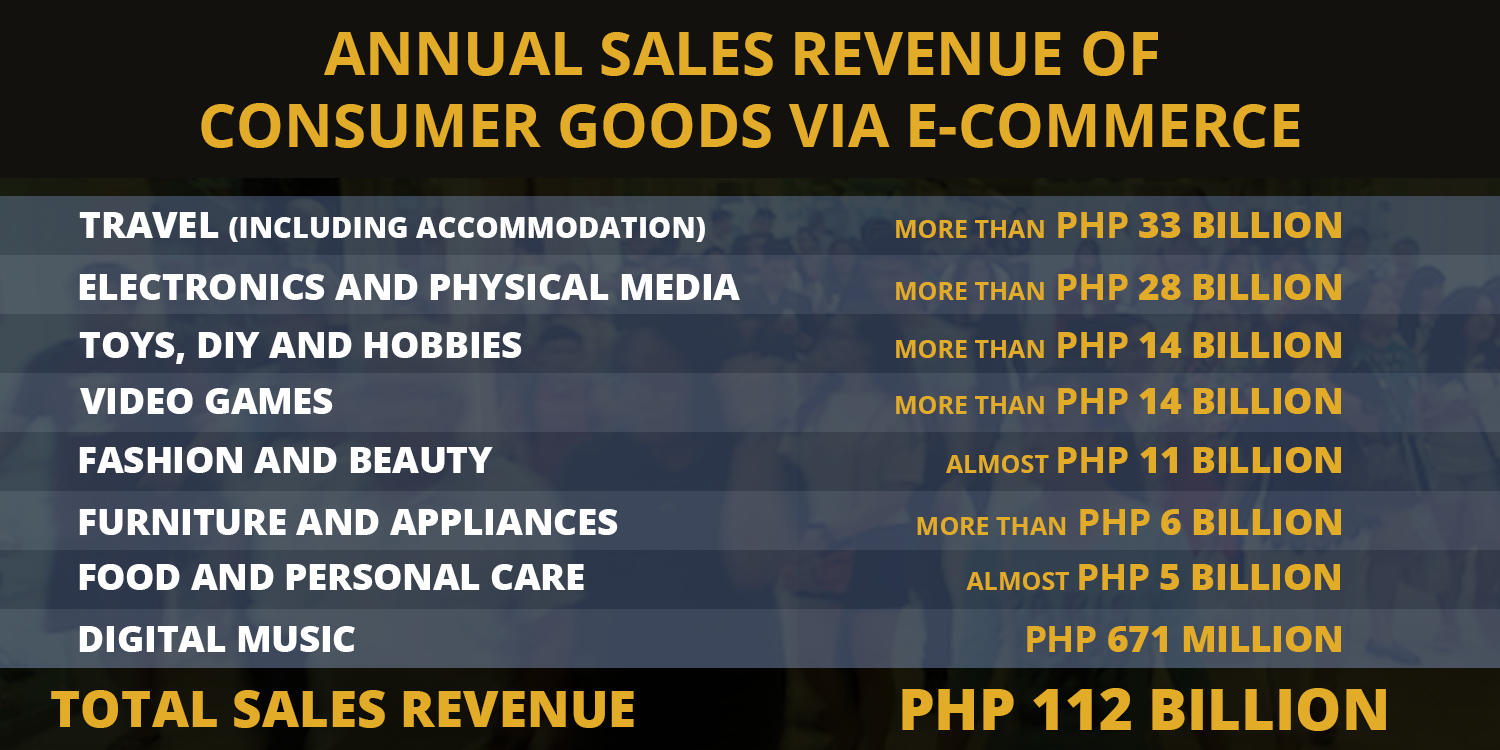
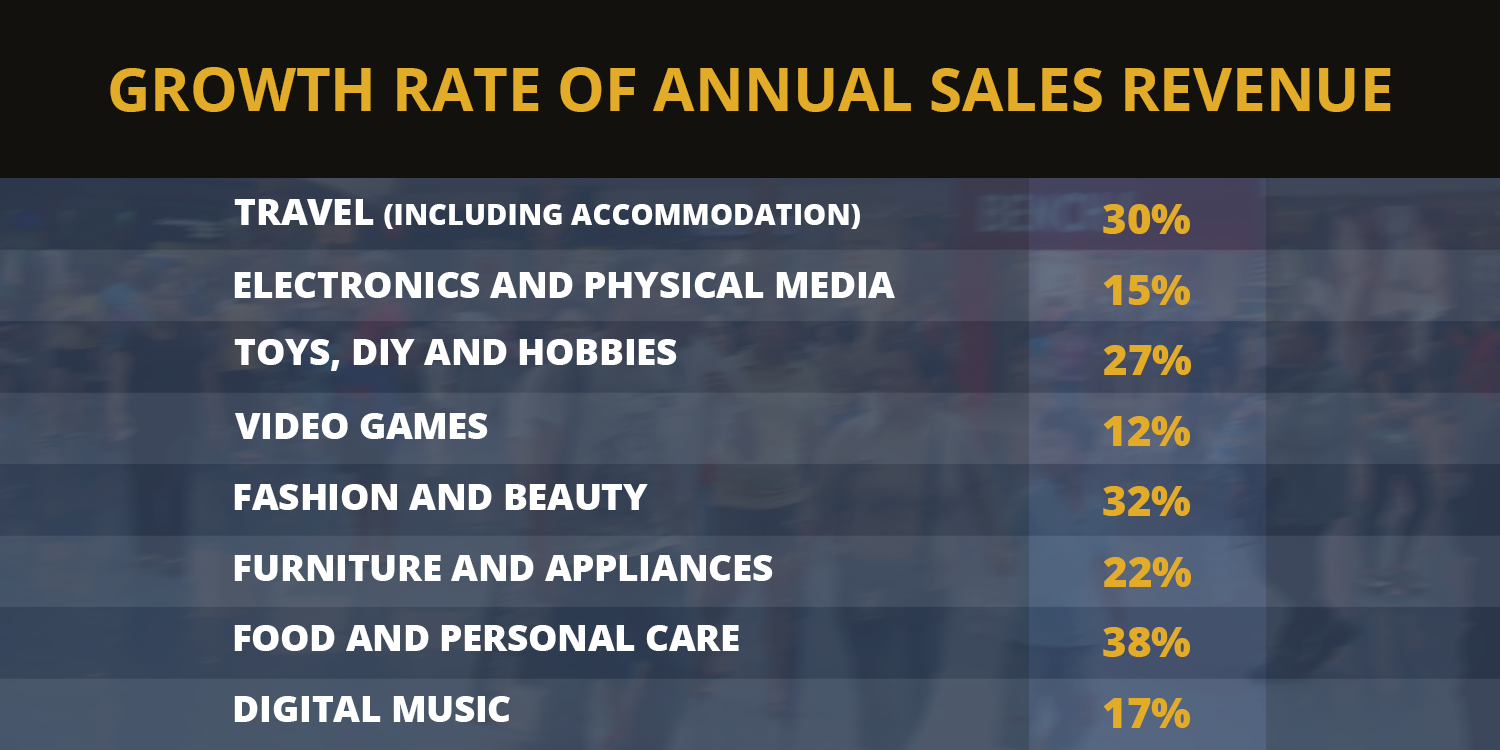
The Way Forward
With more than 63% of the total population connected to the internet and are all active social media users, no campaign, whether for business or political purposes, will ever succeed without a social media component.
The way forward is to recruit an organic social media specialist or engage an external digital campaign firm. These experts must develop a social media strategic communications plan for implementation by all concerned.
With more than 115% of the total population having mobile connections, and with 93% using mobile to access Facebook (the runaway topnotcher social media platform used in the country), no campaign, whether for business or political purposes, will ever be efficient and effective without utilizing strategies and tactics that are not only mobile-friendly but also mobile-specific.
The way forward is to focus on Facebook as the primary social media platform to be utilized. All designs and interactive options must be mobile-compatible.
With very low organic reach and engagement, and with the latest update of Facebook regarding News Feed policy, and with a very competitive environment where 43% of Pages avail of Page Promotion and Post Boosting, no campaign, whether for business or political purposes, will ever accomplish its objectives first or fast without resorting to paid operations in terms of Page Promotion and Post Boosting.
The way forward is to include promotion and boosting as an expense item in the budget, and allocate funds for these. The target market (especially in terms of goal, audience, geographical area, interests, demographics, behaviors, and age range, among others), however, must be carefully selected in order to maximize the expenditure (or return on investment).
To be sure, given the above numbers, social media in the Philippines is no longer just “below the line”. Without a doubt, given the above figures, it is already “over the top”. Sell your product if you are in business. Win your election if you are in politics. Use social media – the way forward.
Editor’s Note: The author is the Senior Vice President for Electoral Campaigns of ISTRATEHIYA, a one stop shop for all strategic communications and political operations requirements, whether for government or corporate affairs, or for elections purposes.

